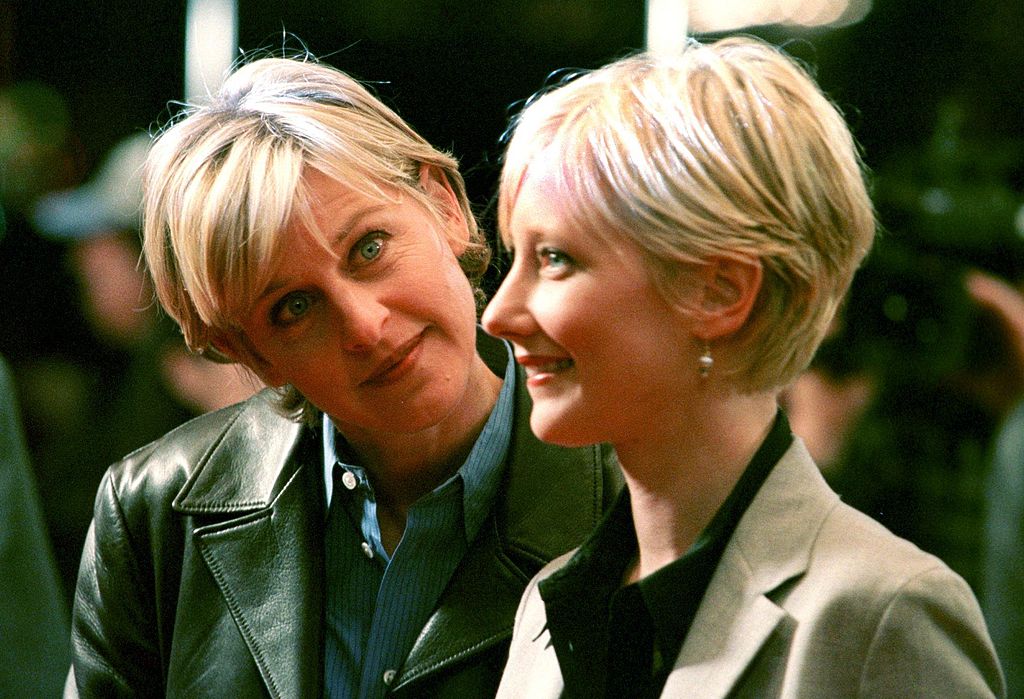What, exactly, is a ‘chapstick lesbian’, and why are they all over TikTok?
Picture this: you’re scrolling through a dating app, trying to avoid matching with your exes (and your ex’s exes) and the phrase “chapstick lesbian” pops up. Would you know what this label means? Would you use it to describe yourself?
TikTok is a growing library of information, and it’s popular with many LGBTQ+ people, lesbians in particular. But while terms such as #studlesbian feature in more than 20,000 videos on the app, #chapsticklesbian is used a little bit less often.
So, what does “chapstick lesbian” mean and where did it come from?
A chapstick lesbian is a one who exhibits some traits of, but does not wholly fit into, the masculine butch stereotype.
TikToker Mak Ingemi differentiates between a chapstick lesbian and other lesbians, by saying: “Chapstick, lipstick, femme, all of these are ways that you choose to present yourself.
“Femme and masc are pretty self-explanatory, I feel femme is if you present femininely, you know, wear dresses, things that are traditionally seen as feminine. Masc, you wear things that are traditionally perceived as masculine.
“The lipstick-chapstick analogy, I don’t know where it came from. A ‘lipstick lesbian’ is a very like a feminine lesbian: she wears lipstick, so she’s feminine presenting. I would say that lipstick and femme are interchangeable.
“Chapstick is like…chapstick is chapstick. If you put on chapstick, it’s very neutral. I see it as kind of androgyny. Golden retriever lesbians would typically be chapstick. It isn’t really masc or femme, it’s kind of in between, in the middle.”
Where did the term “chapstick lesbian” originate?

It’s thought to have crept into use during the 1990s, when an episode of the television show Ellen, starring Ellen DeGeneres, popularised it. When her parents ask her what a “dipstick lesbian” is, Ellen corrects them and assures them that the term is “lipstick lesbian,” but that she “would be a chapstick lesbian”.
And while media and popular culture have referred to the archetype “lipstick lesbian” more frequently (But I’m A Cheerleader references the term in the film credits), there are also subtle examples of the “chapstick lesbian”. For example, Finley and Sophie, from The L Word: Gen Q, might be seen as chapsticks, as could Josie, in Bottoms.
What is the “chapstick lesbian” aesthetic?
As blog Lesbesocial points out, chapstick fashion is “all about looking practical and ready for action”, with a focus on “comfort and functionality” that uses “layers that can be easily added or removed as needed”.
So, what does the “chapstick lesbian” uniform encompass? Items such as flannel shirts, utility jackets, cargo pants and hiking boots are all examples of staples. On TikTok, self-identified chapstick creators have shared examples of daily outfits that reflect their identity:
What is the difference between a “chapstick lesbian” and “soft butch”?
This is a tricky one, but the difference is largely in gender expression.
While a “soft butch” will largely embrace a presentation that is typically considered more “masculine,” defined as someone “who exhibits some stereotypical butch traits without fitting the masculine stereotype associated with butch lesbians,” a “chapstick lesbian” might embrace both “masculine” and “feminine” traits.

